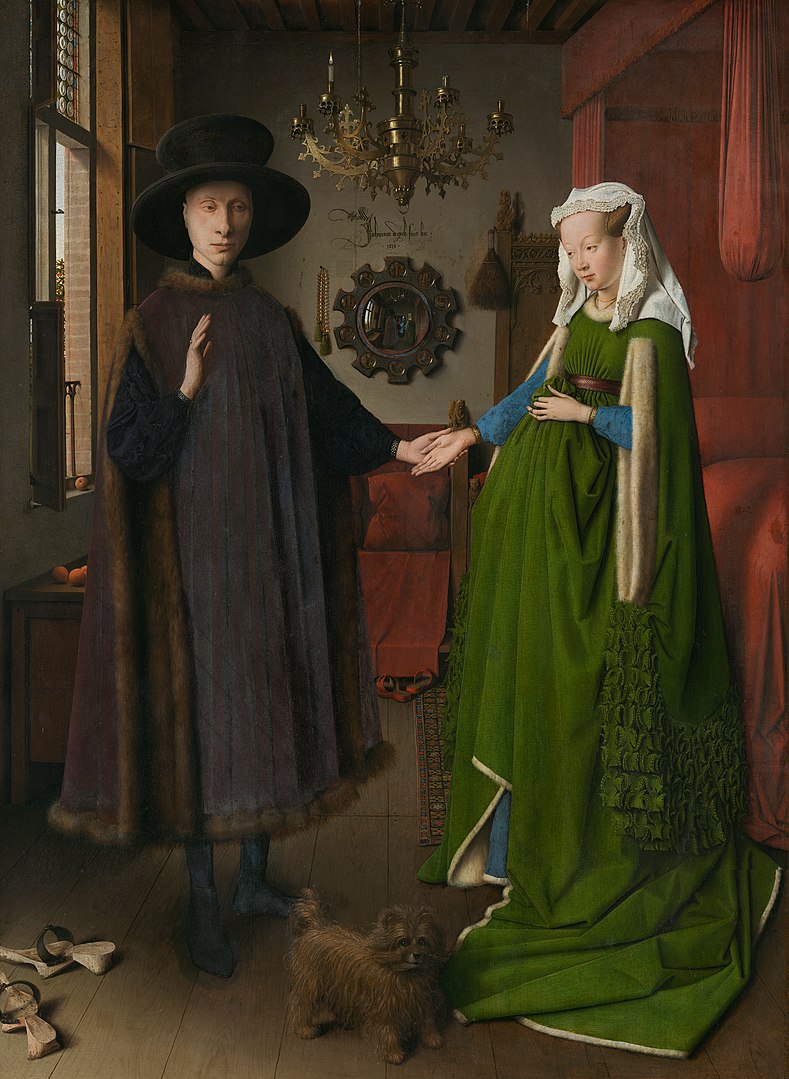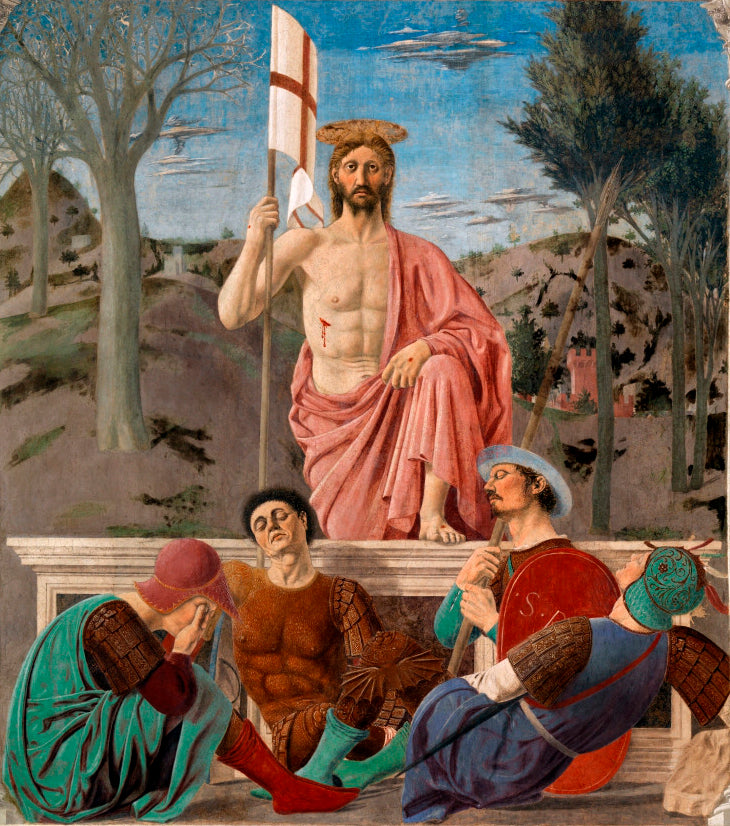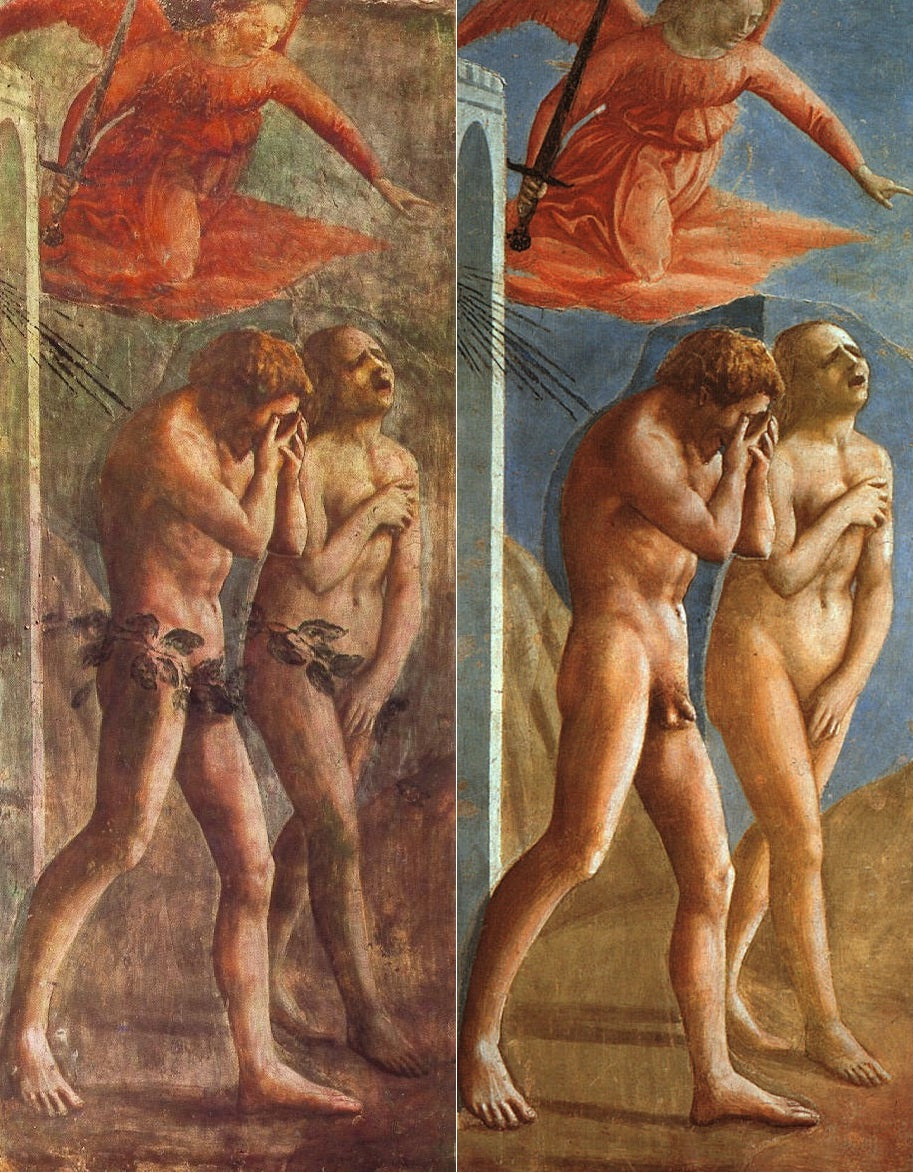
Medieval Art
Era: Vth - XVth century
Medieval art in painting, which extends from approximately the 5th to the 15th century, is marked by a strong religious influence and a significant stylistic evolution. This artistic movement is often divided into several periods, including Byzantine art, Romanesque art and Gothic art.
Byzantine art (5th to 15th century) is characterized by its icons and mosaics, mainly intended for religious veneration. Works from this period are often stylized, with elongated figures and solemn faces, all bathed in golden light symbolizing the divine.
Romanesque art (10th to 12th century) saw the emergence of wall frescoes in churches and monasteries. Romanesque paintings are often narrative, depicting biblical scenes and holy figures with formal simplicity and strong symbolism. Proportions are often sacrificed for the sake of narrative clarity.
Gothic art (12th to 15th century) introduced greater naturalism and increased complexity in compositions. Colorful stained glass windows and manuscript illuminations became common forms of expression. The figures gain expressiveness and individuality, and the religious scenes are often more dramatic and emotional.
In summary, Medieval art in painting is a rich tapestry of styles and techniques, reflecting the deep spiritual concerns and cultural developments of the era.
Remarkable Artwork

Arnolfini Portrait
Jan Van Eych
Year of creation: 1434
Estimated Market Value: 480 M$
Original Format: 82.2 cm × 60 cm

The Resurrection
Piero della Francesca
Year of creation: 1463-1465
Estimated Market Value: 169 M$
Original Format: 225 cm × 200 cm

